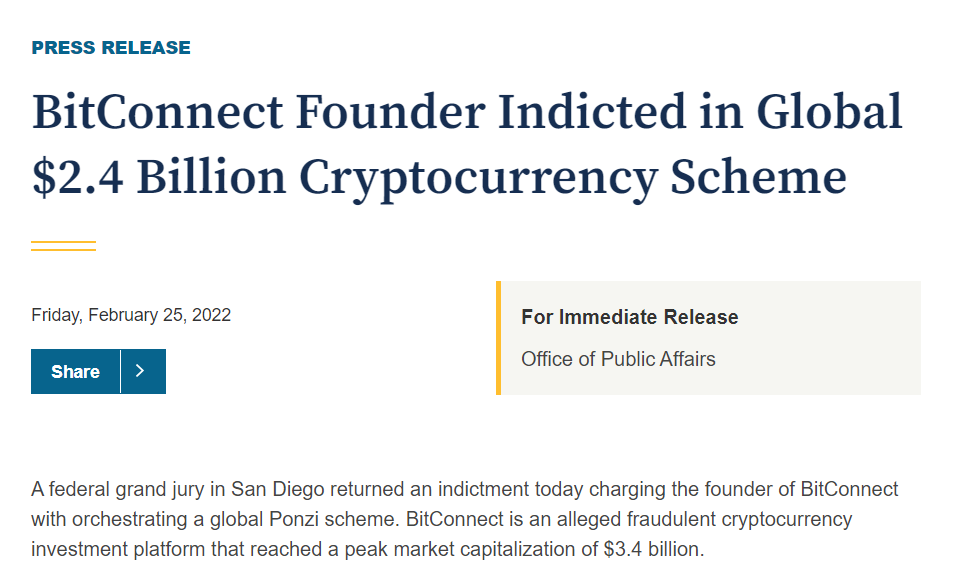and the distribution of digital products.
Why Web3 Projects Need Ongoing PR to Stay Relevant: The Promise vs. The Reality
Remember when Web3 was supposed to change everything?
\ The promise of decentralization, power to the people, and a future free from intermediaries was a rallying cry for technologists and enthusiasts alike.
\ Blockchain projects launched left and right, claiming to solve problems we didn’t even know we had. It felt like we were on the edge of something revolutionary.
\ Fast forward to today: The landscape has changed.
\ Web3 is still around, but the initial hype has settled, leaving behind a few shiny projects, a lot of half-baked ideas, and an ocean of obscurity for many others.
\ So, what happened?
\ Why are so many Web3 projects struggling to maintain the same level of excitement and attention they once enjoyed?
\ And more importantly, why do these projects need ongoing PR efforts to stay relevant in this constantly evolving space?
The Initial Boom vs. The Slow BurnLet’s face it—launching a Web3 project isn’t the problem.
\ The crypto community loves to rally behind the next “big thing.”
\ The issue is staying visible after that initial wave of interest.
\ A flashy whitepaper or token launch might grab headlines for a few days, but after that, what’s next?
\ In the Web2 world, brands can afford to rest on their laurels. Once you’ve built a strong following, you can coast for a while—think Coca-Cola or Apple.
\ But in Web3, the competition is fiercer, the tech more obscure, and the audience far more skeptical.
\ If you’re not constantly engaging, innovating, and staying top-of-mind, you risk fading into the background as yesterday’s news.
\ This is where ongoing PR comes in—not just as a marketing tool, but as a lifeline.
PR in Web3: The Buttonification of RelevanceHere’s a metaphor: Think of PR as the ‘buttons’ that hold your Web3 project together.
\ In the fast-moving world of blockchain, projects without these ‘buttons’—ongoing communication, media outreach, and community engagement—tend to fall apart.
\ Just like a jacket without buttons becomes unusable, a Web3 project without consistent PR becomes irrelevant.
\ PR is what keeps your project in the conversation.
\ It’s the button that fastens your ideas to the market, ensuring your name pops up in media, discussions, and influencer circles long after the initial hype fades.
\ The challenge, however, is that too many Web3 projects think of PR as a one-time task rather than a continuous need.
Real-World Examples: The Projects That 'Buttoned Up'Take Ethereum, for example.
\n 
\ Ongoing PR efforts, like partnerships, updates, and strategic media coverage, kept it at the forefront of the blockchain conversation.
\ Every time there’s news about DeFi or NFTs, Ethereum’s name is attached.
\ This wasn’t by accident; it’s the result of sustained, strategic PR that positions Ethereum not just as a blockchain, but as the blockchain for innovation.
\ On the other hand, look at projects like EOS.
\ Remember them? Exactly.
\ EOS raised over $4 billion in its ICO, but after the initial wave, the project has struggled to maintain relevance.
\n 
\ The ‘buttons’ of consistent media engagement, influencer relations, and community-building weren’t sewn in tightly enough, leading to a slow drift into obscurity.
Challenges: Why Web3 PR Isn’t EasyBut here’s the kicker—doing PR for a Web3 project is significantly harder than in traditional industries.
\ First, the tech itself can be difficult to explain.
\ Try getting a journalist excited about a new Layer-2 scaling solution when most people still don’t fully understand Bitcoin.
\ Web3 PR requires not just press releases but educational efforts to explain why your project matters.
\ Then there’s the sheer speed of the industry.
\ The Web3 world doesn’t wait.
\ What’s hot today can become irrelevant tomorrow, and if your project isn’t in the news, it’s often assumed that it’s no longer innovating.
\ This adds pressure to constantly be “doing” something—whether it’s announcing new partnerships, launching features, or expanding into new markets.
\ And let’s not forget the regulatory landscape, which changes at the drop of a hat.
\ Ongoing PR also means managing crises and navigating the complex legal terrain, especially as governments start paying closer attention to the crypto world.
The PR Balancing Act: Hype vs. RealityIn Web3, there’s a delicate dance between creating excitement and managing expectations—this is the PR balancing act.
\ One of the greatest challenges for Web3 projects is sustaining visibility without crossing into the dangerous territory of overpromising and underdelivering.
\ This balancing act has critical implications for the long-term success of any blockchain-based initiative, and it’s where many projects stumble.
The Hype DilemmaLet’s be real: Hype is a double-edged sword. On one hand, it’s essential to get early attention and buy-in.
\ You need people to believe that your project is going to revolutionize some aspect of technology, finance, or society.
\ Early investors and supporters are often attracted to big, bold visions.
\ But here’s where it gets tricky: overhyping can lead to inflated expectations, which often set a project up for failure in the eyes of the community if those expectations aren’t met.
\ A great example of this is Bitconnect—once hailed as a promising decentralized platform, it rode the hype wave to massive success before being exposed as a Ponzi scheme.
The initial hype was astronomical, but the downfall was even more catastrophic because expectations had been inflated far beyond what the project could realistically deliver.
Managing Expectations: The Reality CheckAt the opposite end of the spectrum, being too conservative with PR can mean losing visibility.
\ If your project stays too quiet for too long, the perception might shift from “innovating quietly” to “inactive or failing.”
\ In the blockchain space, no news is often interpreted as bad news.
\ Cardano is an example of a project that has faced criticism for taking too long to deliver on its promises.
\n 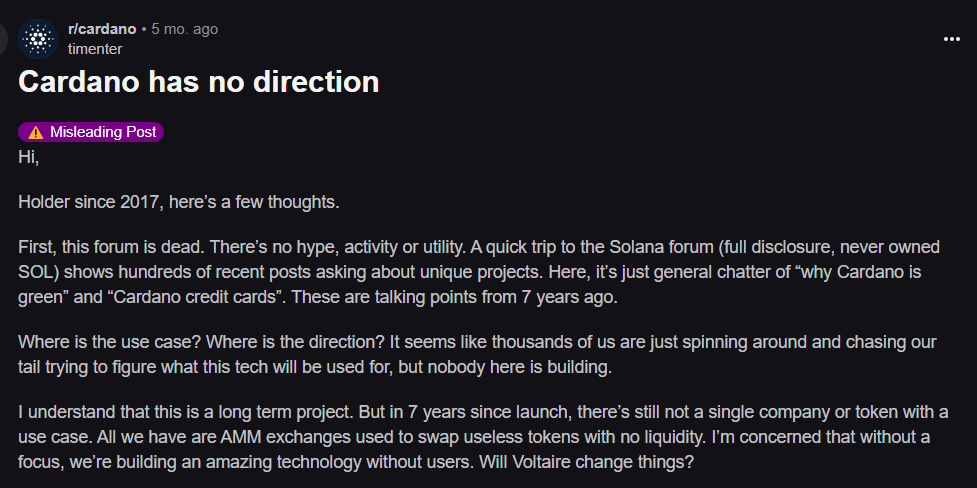
\ This frustration isn’t because Cardano lacks substance, but rather because the PR didn’t manage community expectations in a way that aligned with the slower development timeline.
Transparency: The Key to BalanceThis is where transparency comes in as the ultimate PR strategy.
\ The projects that manage to walk the fine line between hype and reality are those that communicate honestly and frequently with their community and stakeholders.
\ They focus on providing consistent updates, even when those updates might not be earth-shattering.
\ For example, Ethereum’s transition to Proof of Stake (PoS) has been an ongoing, multi-year process.
\n 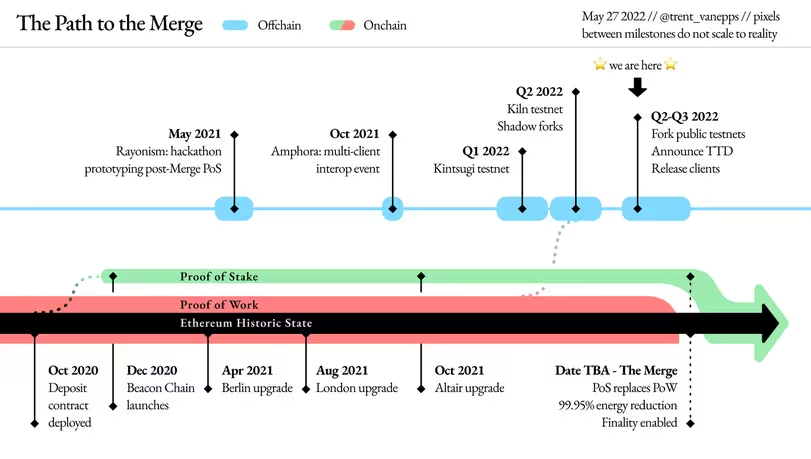
\ Instead of promising overnight success, they’ve built trust by being transparent about challenges, delays, and progress.
\ This has helped keep Ethereum at the forefront of blockchain innovation while maintaining a high level of trust within its ecosystem.
Balancing Hype and Reality With Milestone-Based PROne of the best ways to maintain this balance is through milestone-based PR.
\ Instead of banking everything on one massive launch, successful Web3 projects break their story into smaller, digestible chapters.
\ By consistently rolling out new features, updates, partnerships, or technical developments, they keep the audience engaged over time without creating a single point of failure.
\ Chainlink is a fantastic example of this approach.
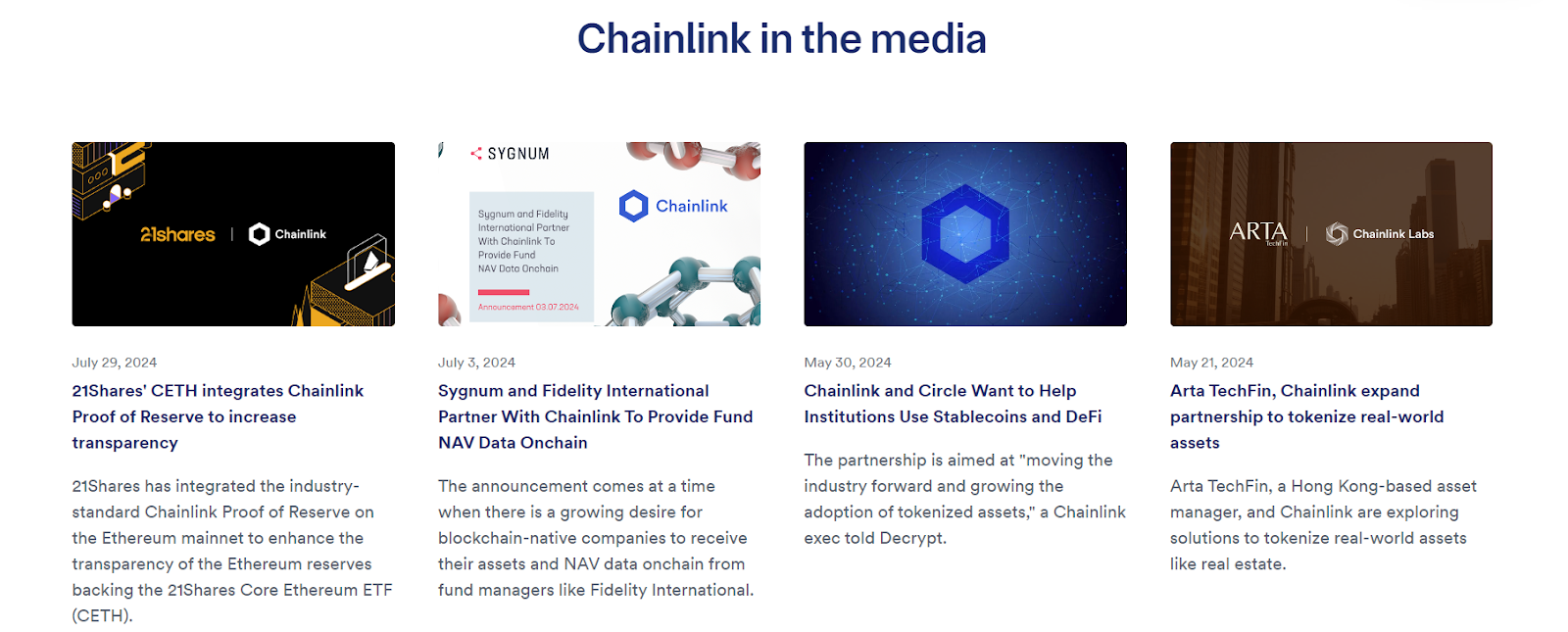
\ Every new integration with another blockchain or project creates buzz and reinforces Chainlink’s relevance.
\ This slow-burn PR strategy has helped it maintain its position as a leading oracle provider in the Web3 space.
The Role of Social Proof in PRAnother way to strike a balance is by leveraging social proof.
\ In the Web3 space, trust is everything.
\ Rather than hyping up your own project, having external voices—trusted influencers, industry experts, or satisfied users—speak on your behalf can create credibility without the risks associated with overhyping.
\ Projects that align their PR efforts with genuine social proof often find a smoother road to long-term relevance.
\ For instance, Polkadot has consistently been endorsed by industry experts and major players in the crypto ecosystem.
** 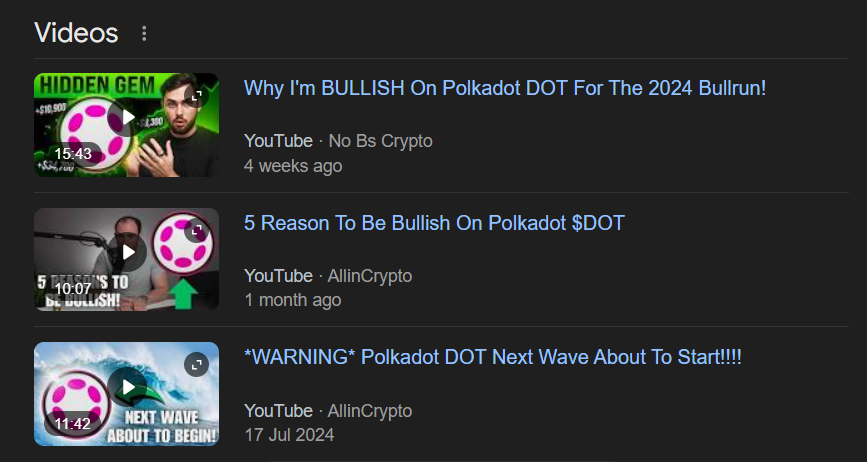
\ When Gavin Wood, the co-founder of Ethereum and founder of Polkadot, speaks at major events, the endorsements and insights carry weight.
\ This form of PR, based on third-party validation, adds substance to the narrative without generating unrealistic hype.
Avoiding the Trap of VaporwareOne of the biggest dangers of unbalanced PR in Web3 is the creation of vaporware—products or platforms that are endlessly hyped but never fully materialize.
\ This has happened time and time again, where projects generate massive interest and even raise substantial capital but fail to deliver on their promises.
\ Tezos, for example, was embroiled in internal conflict after its high-profile ICO, causing delays that almost sunk the project.

\ They don’t have to promise the world; instead, they show a path toward achieving tangible goals and maintain the public's trust along the way.
\ A well-balanced PR strategy is critical for Web3 projects to stay relevant.
\ Too much hype without results leads to backlash, while too little visibility risks being forgotten.
\
Web3 projects need to ‘button up’ their communication strategies, managing hype while grounding expectations with transparency and regular updates.
\ When done right, PR is not just about shouting the loudest—it’s about creating a steady drumbeat of relevance that keeps your project alive and thriving long after the initial launch.
The Future of Web3 PR: Evolve or Fade AwaySo, what’s the takeaway?
\ Ongoing PR in Web3 isn’t just a ‘nice to have’; it’s a survival strategy.
\ Without it, even the most promising projects risk becoming footnotes in the ever-growing blockchain ecosystem.
\ The projects that will stand the test of time are those that embrace PR as a continuous effort—always stitching themselves into the conversation, always buttoning up loose ends.
\ In the end, Web3 has the potential to change the world.
\ But the industry itself needs to evolve in how it communicates its value. It’s not enough to be innovative; you also have to be heard.
\ And that requires not just one loud shout at the beginning, but a constant hum of relevance that can only be sustained with ongoing PR.
\
- Home
- About Us
- Write For Us / Submit Content
- Advertising And Affiliates
- Feeds And Syndication
- Contact Us
- Login
- Privacy
All Rights Reserved. Copyright , Central Coast Communications, Inc.
